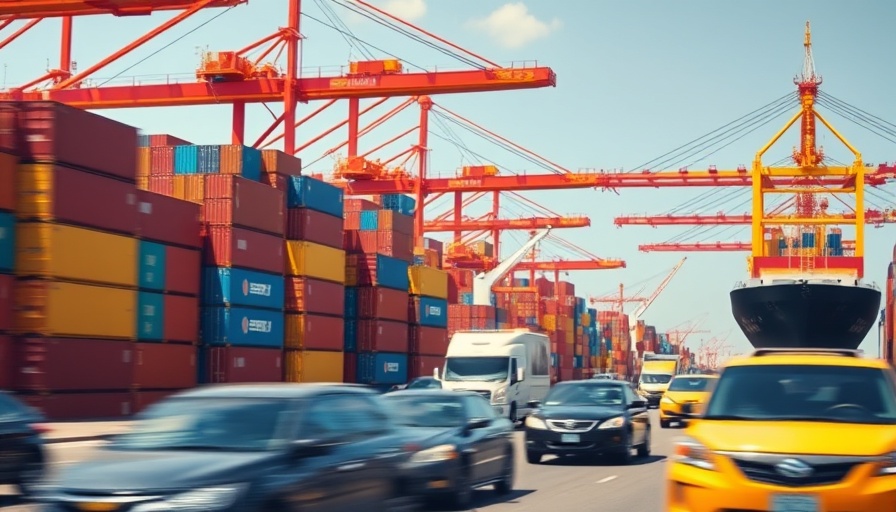
Understanding Tariffs: What’s the Real Impact?
When tariffs were introduced, many believed they were a straightforward solution to protect domestic industries against foreign competition. However, the economic ramifications of these policies are far more complex and nuanced than initially thought. As governments around the world impose tariffs to foster local businesses, the intricate web of global trade relationships illustrates the huge potential costs that accompany these protective measures.
Historical Context: The Rise of Tariffs
The history of tariffs dates back centuries, often serving as a tool for nations to boost local production. The Smoot-Hawley Tariff of 1930 serves as a cautionary tale. By imposing exceptionally high tariffs on imported goods, it is widely credited with exacerbating the Great Depression, leading to retaliatory measures from other countries. Fast forward to today's world, and the repeated attempts to introduce similar protectionist policies have led to a concerning echo of the past.
Social Implications of Tariff Policies
Tariffs do more than just number on trade balances; they have real social implications for consumers and businesses alike. For instance, higher tariffs on steel and aluminum have led to increased costs for American manufacturing, impacting the prices of goods that rely on these materials. Business owners, particularly within the Bay Area’s vibrant startup ecosystem, are left with pressing decisions: should they absorb increased costs or pass them on to consumers? This dilemma can stifle innovation and slow business growth in a region known for its disruptive technology and entrepreneurial spirit.
Current Tariff Trends: Analyzing Impact on Business Growth
The Bay Area business landscape, particularly within its tech industry and startups, has not gone unscathed. Many Silicon Valley startups, heavily reliant on global supply chains, face unpredictability due to tariff fluctuations. The uncertainty surrounding future tariffs complicates long-term planning and venture capital funding, as investors become hesitant to back projects that may incur additional costs tied to international trade relations. As we dissect these trends, it's important to explore how companies can adapt to these uncertain economic conditions.
Global Perspectives: Comparisons in Trade Practices
Contrasting the U.S. approach to tariffs with policies adopted by trading partners reveals a landscape of diverse strategies. Nations like Germany and South Korea have opted for trade agreements that focus on mutual benefit rather than protectionism, allowing their economies to thrive in tandem with others. What lessons can California startups learn from these global practices as they navigate the complex waters of international business?
Future Predictions: Navigating Tariff Challenges
As we look ahead, predicting the long-term effects of current tariff policies is key for entrepreneurs and business leaders. Experts suggest that ongoing trade negotiations greatly influence the future of tariffs and the economic growth they can either stimulate or hinder. The question remains: will a more collaborative global approach replace protectionist sentiments, or will economic nationalism prevail?
Conclusion: Taking Action for Business Resilience
In the face of increasing tariffs and shifting economic policies, action becomes vital. Entrepreneurs and small business representatives must stay informed about industry trends, consumer behavior shifts, and regulatory updates to not only survive but thrive. By embracing adaptability and fostering collaborative corporate cultures, businesses in the Bay Area can overcome these challenges and contribute positively to the local economy.
 Add Row
Add Row  Add
Add 



Write A Comment